

Josh Nevett
2025 Kia Tasman review
29 Days Ago

News Editor
The Kia Tasman could give the Korean brand a major boost in sales volume that may push it past Ford and Mazda to become the second best-selling auto brand in Australia behind Toyota.
“The market continues to grow,” Kia Australia CEO Damien Meredith told media when asked whether he still plans to sell 20,000 Tasman vehicles in its first full calendar year.
“I think I initially said 10 per cent of the market, so that’s between 20 and 25,000 [sales].”
100s of new car deals are available through CarExpert right now. Get the experts on your side and score a great deal. Browse now.
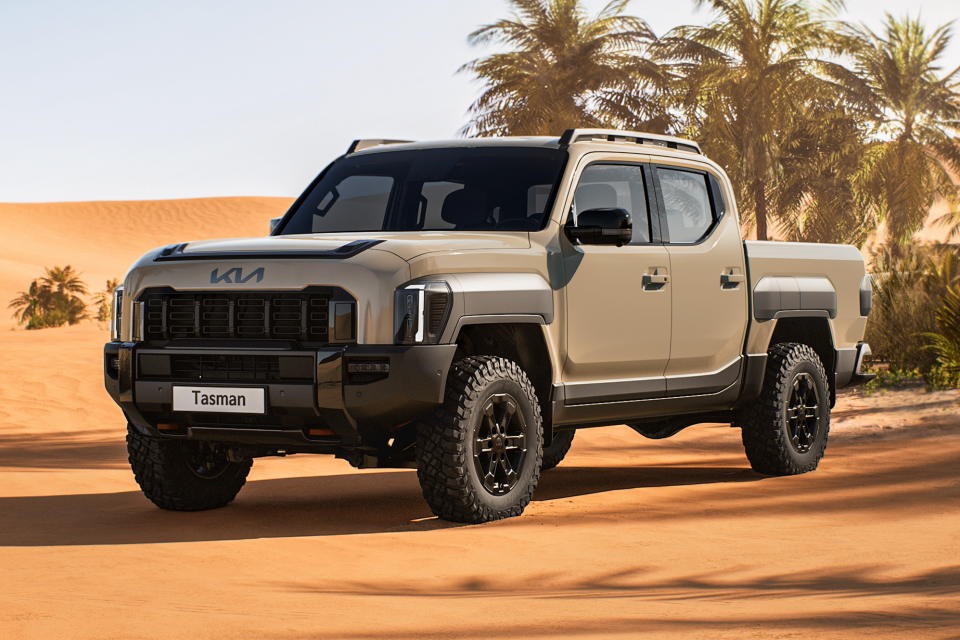
The local rollout of the diesel-powered Tasman range will take place over the second half of 2025, and Kia will offer a comprehensive range of pickup and cab-chassis variants with both rear- and four-wheel drive options.
Even the high end of that target is well below the sales of Australia’s three best-selling utes. Last year, Ford sold 63,356 Rangers, Toyota sold 61,111 HiLuxes, and Isuzu sold a total of 31,202 examples of its D-Max.
However, Mazda sold 17,526 BT-50s and Mitsubishi sold 16,641 Tritons.
Kia forecasts around 70 per cent of Tasman buyers to come from outside the brand, and therefore expects to peel buyers away from established ute rivals.
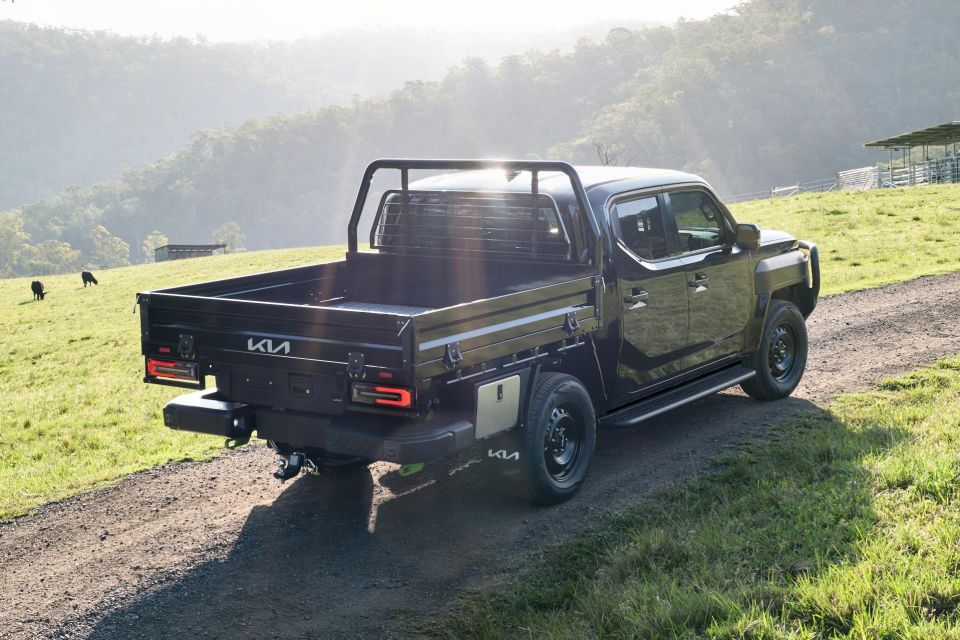
“We’re a brand that garners growth from other brands so I think that two things will happen: we’ll do that, also there’ll be a quarter of Kia customers that will purchase Tasman,” said Mr Meredith.
“It’s probably going to be 70/30 – 70 per cent incremental, and 30 per cent from Kia customers.”
Kia isn’t targeting the same huge sales volumes as Toyota shifts with its HiLux, and likewise it isn’t expecting to dethrone the Japanese brand overall.
Toyota is entrenched as Australia’s best-selling brand, a title it has enjoyed since 2003. Last year it delivered 215,240 vehicles, more than twice as many as Mazda in number two (100,008).
In 2023, Kia eked out another win over sister brand Hyundai (76,120 vehicles delivered versus 75,183) to give it the number four spot in the Australian new-vehicle market.
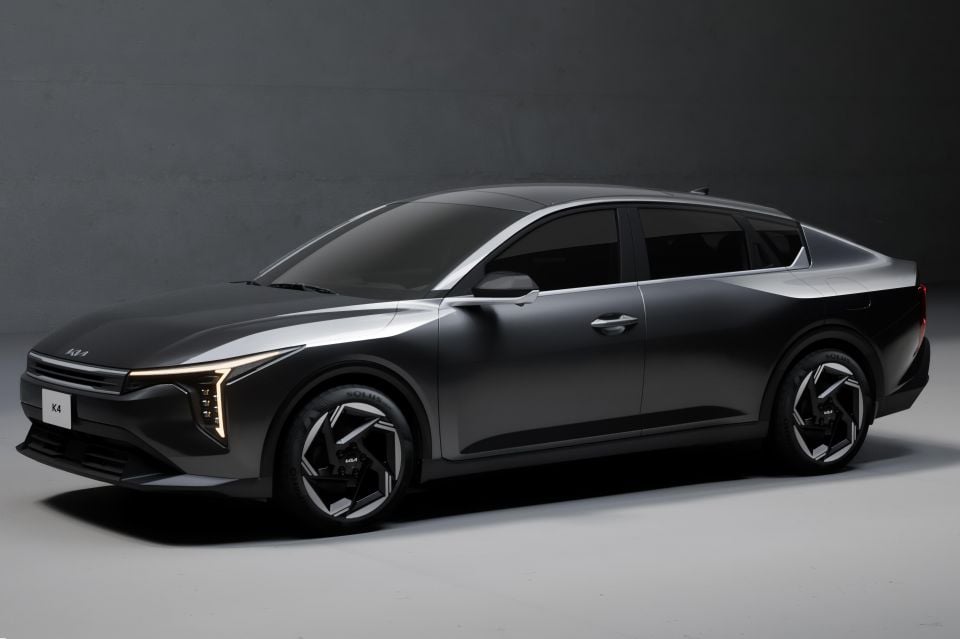
In between it and Mazda sat Ford with 87,800 deliveries. The top four remains in the same order so far in 2024.
Barring a major change in the market, should the boldly styled Tasman resonate with Australian buyers it could push Kia past Ford and Mazda for second spot on the podium.
Helping it is Ford’s paring back of its model lineup, even exiting key SUV segments to focus predominantly on the Ranger – admittedly Australia’s best-selling vehicle – and Everest.
Mazda has also replaced a pair of its popular SUVs with new vehicles featuring a more premium positioning and ergo a higher base price.
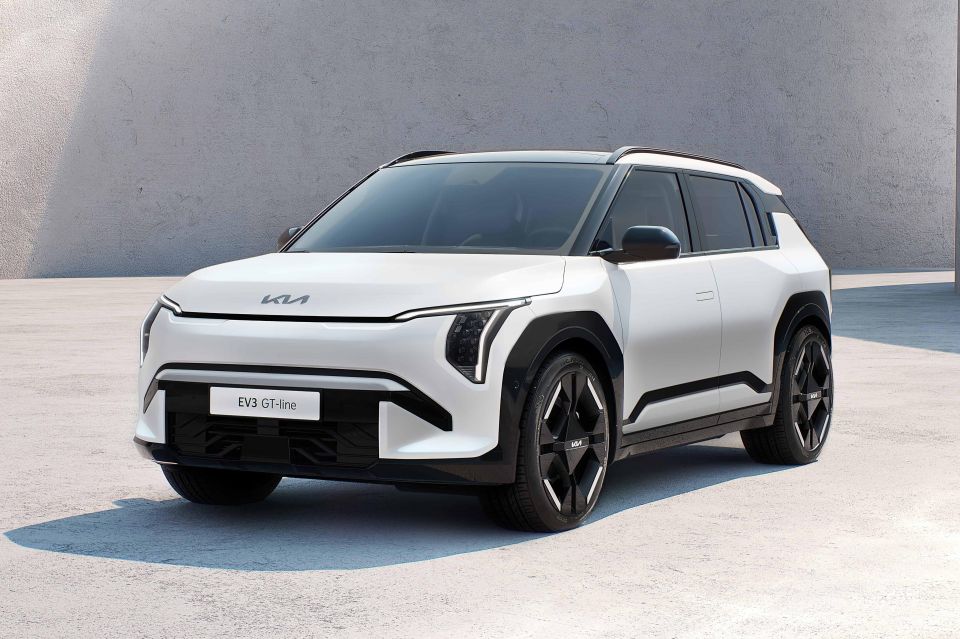
Kia still offers one of Australia’s only micro cars, as well as a small car and a people mover, plus small, medium and large SUVs.
Not only that, it also offers a growing range of electric vehicles (EVs) including small, medium and large SUVs.
It’ll add another small electric SUV in the first quarter of next year with the EV3, which will join the existing Niro, while its volume-selling combustion-powered Cerato will be replaced at the same time by the more dramatically styled K4.
While that’s extensive market coverage, Kia has some gaps in its lineup.
It no longer has a light car or a large car following the axing of the Rio and Stinger in 2023, while it still lacks a van since the discontinuation of the Pregio in 2006.
Where expert car reviews meet expert car buying – CarExpert gives you trusted advice, personalised service and real savings on your next new car.
William Stopford is an automotive journalist based in Brisbane, Australia. William is a Business/Journalism graduate from the Queensland University of Technology who loves to travel, briefly lived in the US, and has a particular interest in the American car industry.


Josh Nevett
29 Days Ago
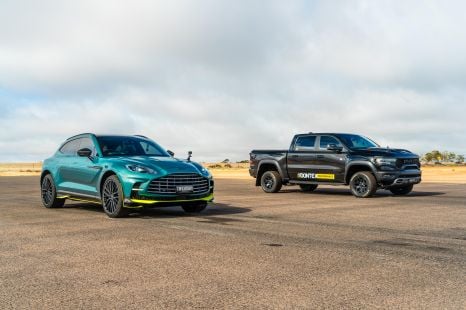

Paul Maric
28 Days Ago
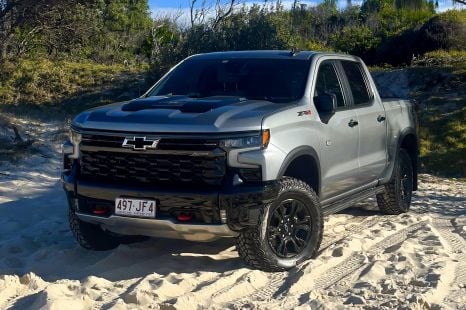

William Stopford
28 Days Ago


Paul Maric
16 Days Ago


Max Davies
10 Days Ago
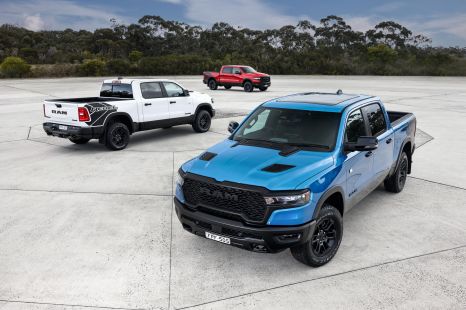

William Stopford
6 Days Ago